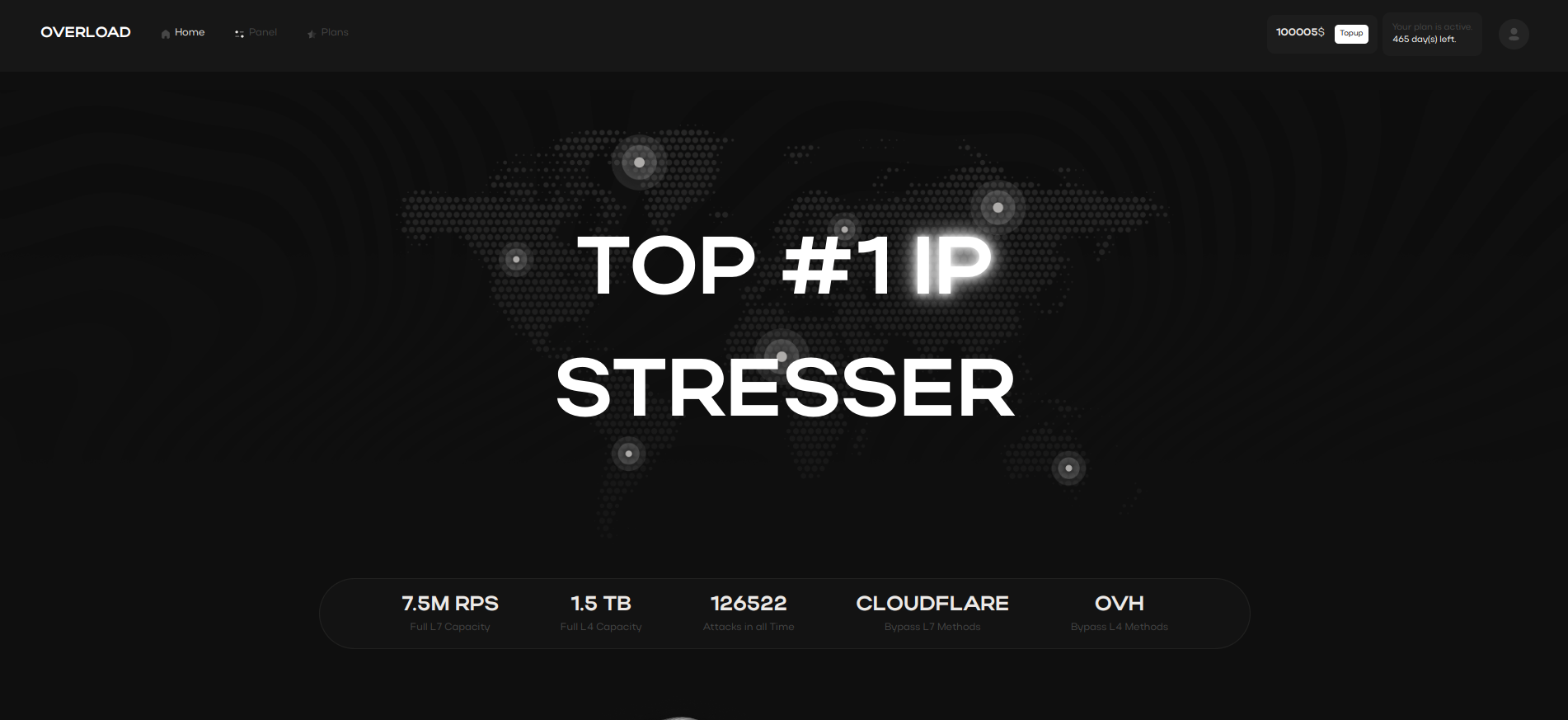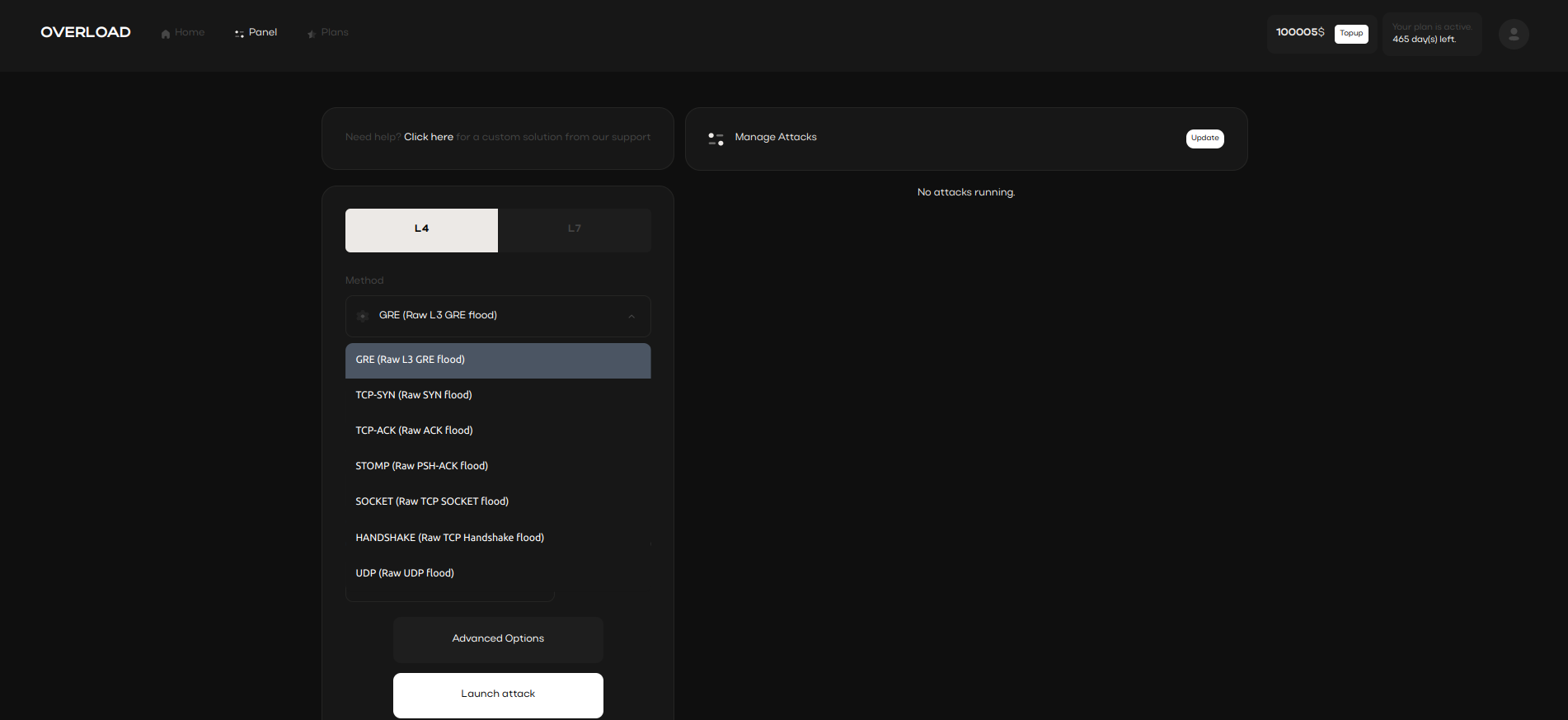Table of Contents
- Protecting Against DDoS
- What is a Stresser?
- Understanding DDoS Attacks
- Innovations in Stresser Technology
- Exploring Booter Services
- IP Spoofing and Layer 4 Attacks
Protecting Against DDoS

Effective DDoS protection involves real-time monitoring and deploying
advanced security tools to ensure uninterrupted operations.
What is a Stresser?

Stresser tools provide a reliable method for
evaluating server resilience
under high traffic. These tools allow organizations to proactively prepare
for cyber threats by revealing infrastructure weaknesses.
Understanding DDoS Attacks

DDoS attacks are a significant threat to online operations, causing service disruptions
and financial losses. Understanding their mechanisms can help businesses mitigate risks and strengthen security protocols.
Innovations in Stresser Technology

Through cutting-edge technologies, stresser tools now enable organizations to simulate complex attack scenarios,
providing actionable insights into network resilience.
Exploring Booter Services

Booter services are crucial for enterprises
testing load limits. These tools allow for controlled stress tests
on targeted infrastructure, making them ideal for comprehensive security assessments.
IP Spoofing and Layer 4 Attacks

Stresser tools with IP spoofing capabilities obscure the attacker’s identity,
preventing detection and enabling secure, concealed testing. IP spoofing aids in masking attack origins,
adding a layer of anonymity during cyber evaluations.


